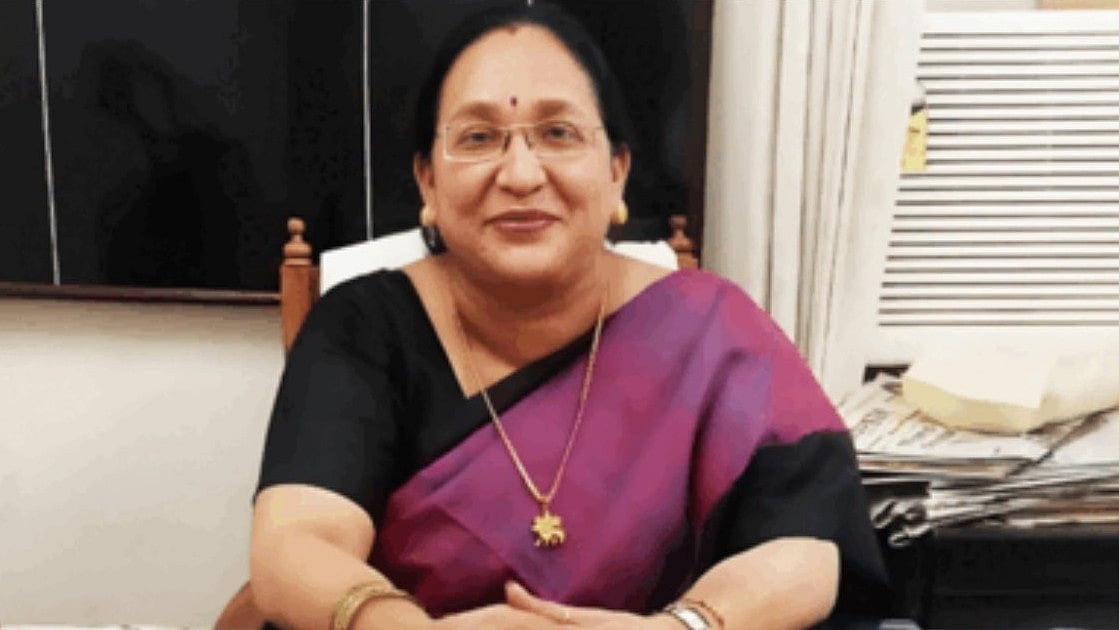In anticipation of Independence Day 2023, Prime Minister Narendra Modi has called upon the populace to share pictures featuring the Indian tricolor flag on harghartiranga.com as part of the 'Har Ghar Tiranga' initiative, spanning from the 13th to the 15th of August.
"The Tiranga symbolises the spirit of freedom and national unity. Every Indian has an emotional connect with the Tricolour and it inspires us to work harder to further national progress," PM Modi tweeted.
Tuesday, August 15, 2023, will mark the observance of the 77th Independence Day.
During this occasion, individuals will raise the National flag at their residences, businesses, neighborhoods, and workplaces.
As we commemorate this significant national event, it is equally crucial to acquaint ourselves with the 'Flag Code of India 2002'.
Flag Code of India
The raising, utilisation, and exhibition of the Indian National Flag are regulated by the Prevention of Insults to National Honour Act, 1971, and the Flag Code of India, 2002. The Flag Code of India came into force on January 26, 2002. As detailed by the Press Information Bureau (PIB), the following are notable aspects of the Flag Code of India, 2002.
Key Points of the Flag Code of India, 2002
The Flag Code of India, 2002 underwent an amendment through an Order issued on December 30, 2021, permitting the use of National Flags crafted from polyester or produced by machines. Presently, the National Flag can be fashioned from hand-spun, hand-woven, or machine-made materials like cotton, polyester, wool, or silk khadi bunting. Members of the public, private organizations, and educational institutions are permitted to hoist and display the National Flag on all occasions, be they ceremonial or otherwise, as long as it upholds the respect and honor befitting the National Flag.
Further amendments were introduced to the Flag Code of India, 2002 by an Order dated July 19, 2022. The clause (xi) of paragraph 2.2 of Part-II of the Flag Code was substituted with the subsequent clause: (xi) "where the Flag is displayed openly or exhibited on a public residence, it may be flown continuously, day and night."
The National Flag's shape is required to be rectangular. While its dimensions can vary, the proportion of the length to the height (width) must always be 3:2. When displayed, the National Flag is to be given a place of prominence and distinction. A damaged or untidy flag should not be exhibited. It is also not appropriate to fly the National Flag on the same mast alongside any other flag or flags.
The National Flag should not be attached to vehicles, with the exception of dignitaries mentioned in Section IX of Part III of the Flag Code, which includes individuals like the President, Vice-President, Prime Minister, and Governors. No other flag or bunting should be positioned higher, above, or side by side with the National Flag.

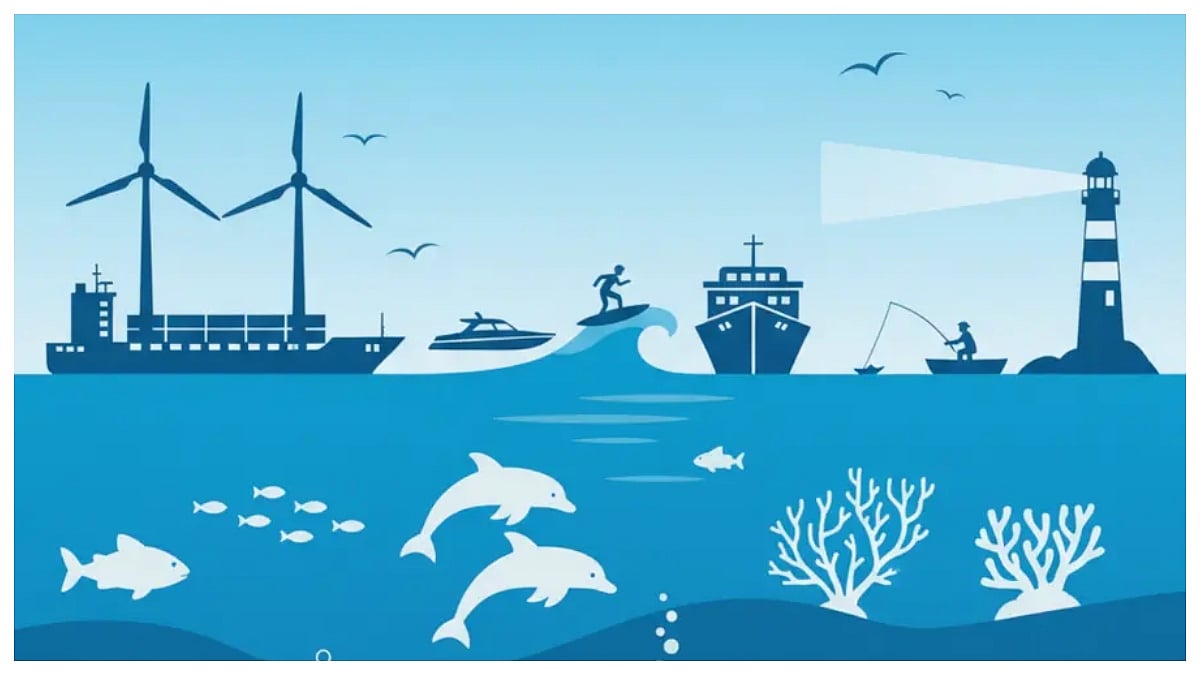

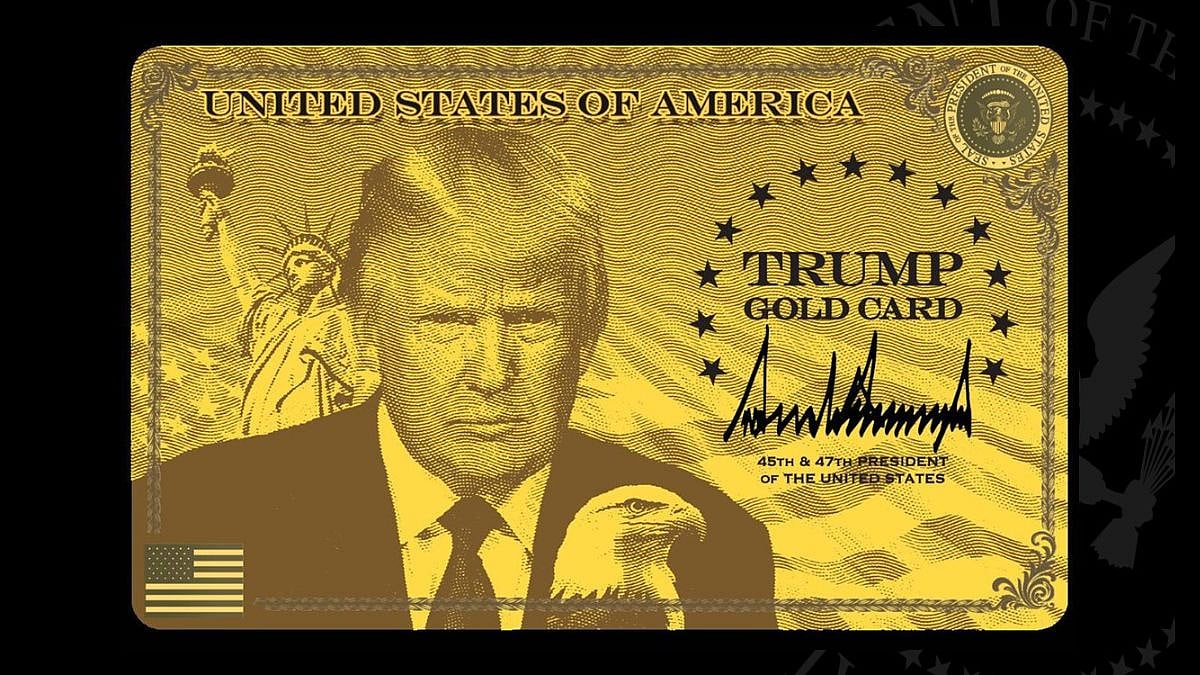
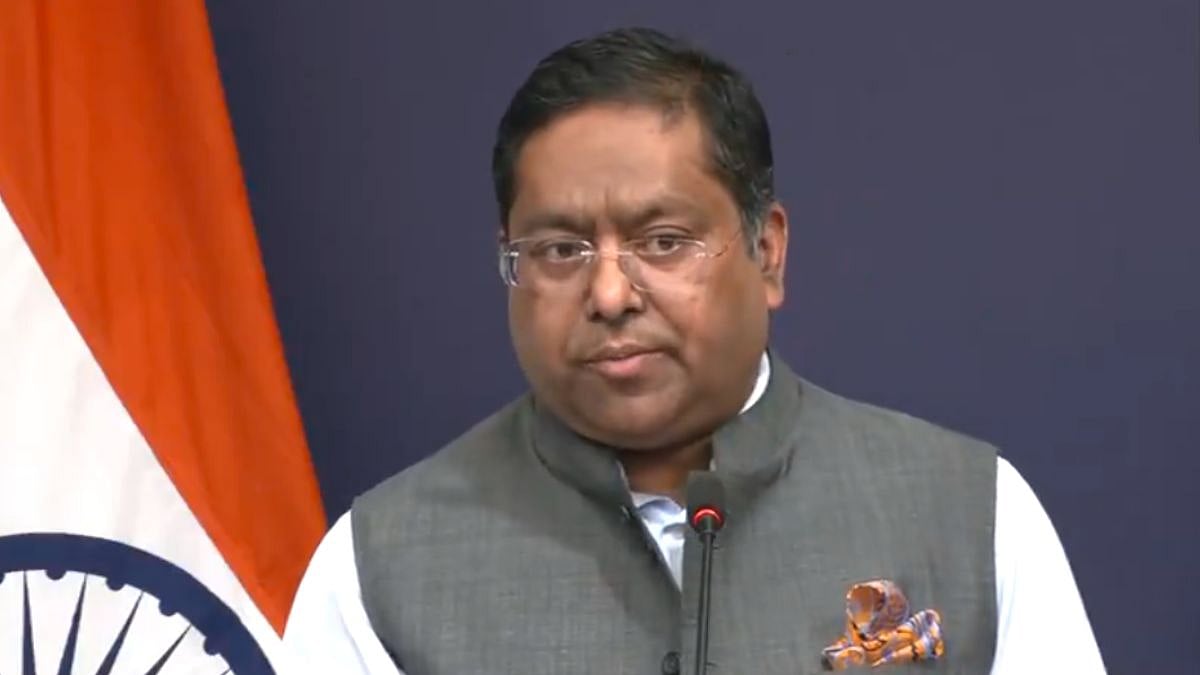



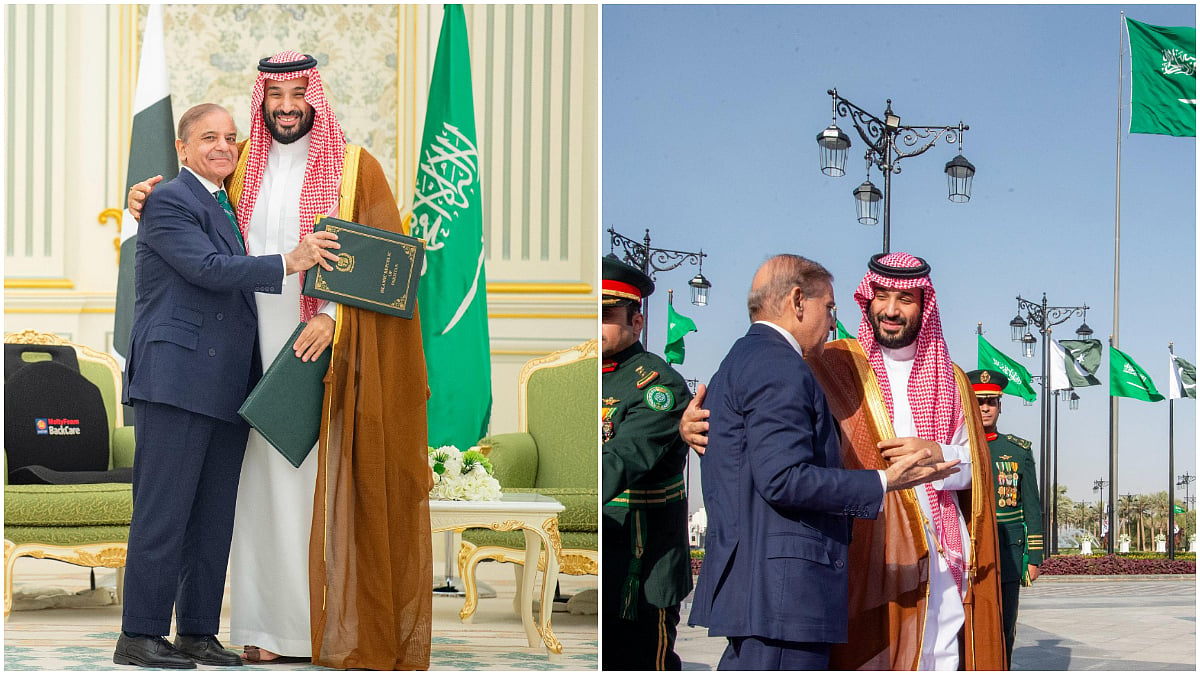
.jpg)
